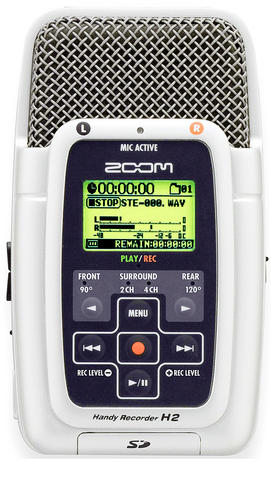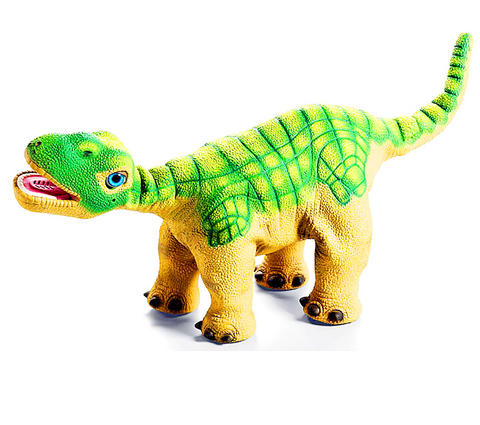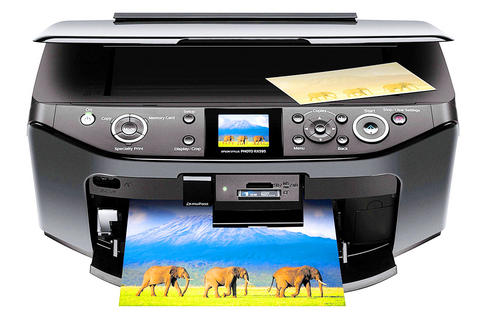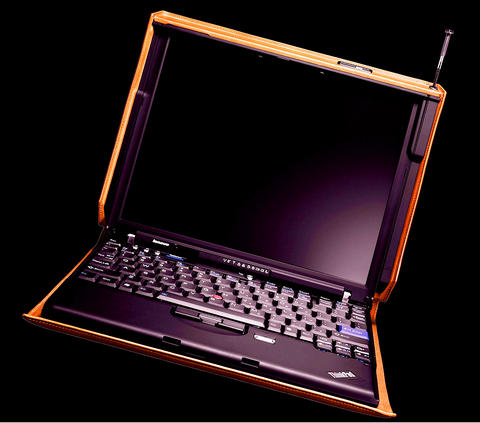MORE MEMORY IN A LIGHTER PLAYSTATION PORTABLE
Sony has given the PlayStation Portable a makeover. The new PSP is 19 percent slimmer and 33 percent lighter than the original PSP it replaces.
Within that trimmer shell, Sony has doubled the built-in memory to 64 megabytes, which results in noticeably faster-loading games displayed on its bright 4.3-inch screen.

PHOTOS: NY TIMES NEWS SERVICE
Like the original, the new PSP is also a mini media entertainment device, able to store and play music, pictures and video. Internet access opens it not only to multiplayer gaming, but to watching recorded or live TV at any Wi-Fi hotspots if you also happen to have TiVo or Sony LocationFree devices back home. And like the original, the battery lasts about five hours on a charge despite also being slimmed down.
The new PSP's price has not been trimmed. But at US$170 for the basic model, it is no more expensive than the last remaining original PSPs still on store shelves and is US$80 less than the price of the format at its introduction.
FOR US$5,000, THIS LAPTOP COMES WITH CACHET

Laptops do not age well. Their screens dim and their hard drives sputter and eventually they are put to pasture. With its new ThinkPad Reserve, Lenovo is trying for something a little more timeless.
This US$5,000 laptop - that's right, US$5,000 - is covered in hand-stitched French leather. Inside there is an Intel Centrino Pro processor and the Lenovo Ultra Connect II system for cellular and Wi-Fi networking. The laptop has the ThinkPad's signature workhorse design, with black keys and a touchpad/touchstick pointer combination.

What is most important, however, is that the Reserve comes with three years of 24-hour tech support, available right through the laptop. The press of a button reaches a dedicated support person who will install applications, handle networking problems and set up e-mail. If necessary, support people can even visit you in most major US cities.
Lenovo is making only 5,000 of these laptops, enough for a few lucky chief executives, oligarchs and aspirational types who want a taste of the good life. They are available online from www.thinkpadreservecom.
Despite the various support channels, buffing of the leather will have to be handled by the butler.

A PHOTO PRINTER THAT DOes ALMOST EVERYTHING

If you plan to print a lot of photos, it makes sense to invest in a dedicated photo printer - something like Epson's new all-in-one model, the Stylus Photo RX595.
The all-in-one in this case means not only a scanner and a printer for photos and text, but also the ability to bypass the computer and print directly from a digital camera or a range of digital storage media.
The unit has a built-in multi-card reader that takes most of the standard memory cards. The small color screen lets you do basic editing, cropping and color correction, view a slide show and print special formats like greeting cards and calendars.
Most manufacturers optimize their printers to work best with their own brand of ink and paper. Epson is no different. It claims that its new Claria Hi-Definition system gives superior color and clarity.
The RX595 is available at all the usual outlets and does not come with a USB printer cable. Make sure to purchase one.
AN UPGRADED RECORDER OFFERS MORE FOR LESS
The upgrade to Zoom's H4 stereo field recorder, the H2, is smaller, lighter, packed with more features and, best of all, cheaper.
The H2 can record a podcast, or singers and musicians might use it to capture live performances. It can also feed audio directly to a computer.
With the press of a single button, you can record in stereo from the front or back of the unit, or in 360-degree surround sound. Four built-in microphones each record separately for individual track editing and mixing.
There are connectors for external microphones and a line in for musical instruments. The H2 records on SD memory cards up to 4 gigabytes in size; a 512-megabyte card is supplied.
The H2, which is available at major electronics outlets, connects via USB to transfer files to a PC or Mac. It can run off two AA batteries or its AC adapter. The company says the H2 will run continuously on alkaline batteries for four hours.
Zoom is a brand of Samson, a leading supplier of audio equipment for professionals, so if your creative output doesn't sound so great, it might just be your own fault.
DINOSAURS RETURN, IN A 2.0 VERSION
From Land of the Lost to Jurassic Park, dinosaurs have never died out in popular culture. For a mere US$350, you will soon be able to get your own prehistoric pet lizard to tramp around the house: Pleo, a sophisticated robot dinosaur from Ugobe.
While it looks like a friendly little camarasaurus on the outside, Pleo has plenty of power on the inside. It has two 32-bit microprocessors and four 8-bit subprocessors - not to mention 100 customized gears, 38 sensors, 14 motors and a camera-based optical system. It runs a special operating system, Life OS, that allows it to "learn," act on its own and interact with people.
Pleo runs on a rechargeable battery that gives it about an hour of playtime between charges.
Ugobe was set to release Pleo next month, but a last-minute design change to give it an external battery charger has pushed back delivery.

June 2 to June 8 Taiwan’s woodcutters believe that if they see even one speck of red in their cooked rice, no matter how small, an accident is going to happen. Peng Chin-tian (彭錦田) swears that this has proven to be true at every stop during his decades-long career in the logging industry. Along with mining, timber harvesting was once considered the most dangerous profession in Taiwan. Not only were mishaps common during all stages of processing, it was difficult to transport the injured to get medical treatment. Many died during the arduous journey. Peng recounts some of his accidents in

“Why does Taiwan identity decline?”a group of researchers lead by University of Nevada political scientist Austin Wang (王宏恩) asked in a recent paper. After all, it is not difficult to explain the rise in Taiwanese identity after the early 1990s. But no model predicted its decline during the 2016-2018 period, they say. After testing various alternative explanations, Wang et al argue that the fall-off in Taiwanese identity during that period is related to voter hedging based on the performance of the Democratic Progressive Party (DPP). Since the DPP is perceived as the guardian of Taiwan identity, when it performs well,

The Taiwan People’s Party (TPP) on May 18 held a rally in Taichung to mark the anniversary of President William Lai’s (賴清德) inauguration on May 20. The title of the rally could be loosely translated to “May 18 recall fraudulent goods” (518退貨ㄌㄨㄚˋ!). Unlike in English, where the terms are the same, “recall” (退貨) in this context refers to product recalls due to damaged, defective or fraudulent merchandise, not the political recalls (罷免) currently dominating the headlines. I attended the rally to determine if the impression was correct that the TPP under party Chairman Huang Kuo-Chang (黃國昌) had little of a

At Computex 2025, Nvidia CEO Jensen Huang (黃仁勳) urged the government to subsidize AI. “All schools in Taiwan must integrate AI into their curricula,” he declared. A few months earlier, he said, “If I were a student today, I’d immediately start using tools like ChatGPT, Gemini Pro and Grok to learn, write and accelerate my thinking.” Huang sees the AI-bullet train leaving the station. And as one of its drivers, he’s worried about youth not getting on board — bad for their careers, and bad for his workforce. As a semiconductor supply-chain powerhouse and AI hub wannabe, Taiwan is seeing